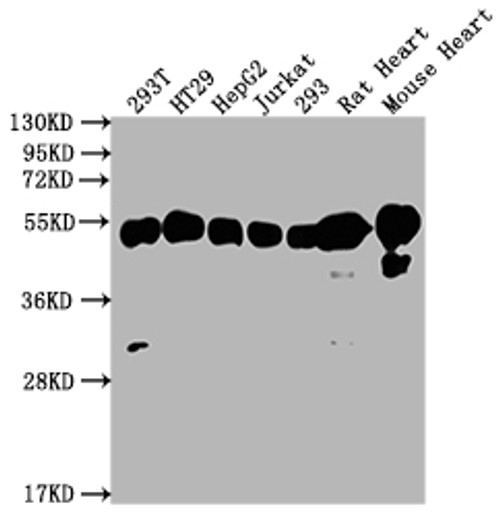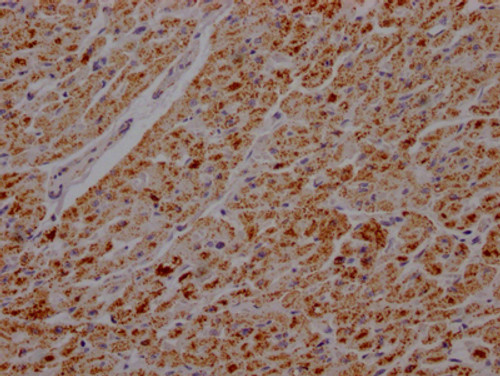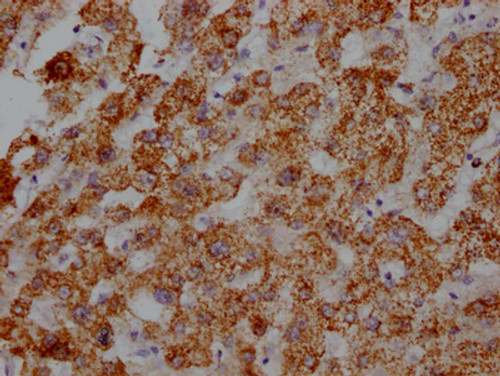Anti ATP5B mAb (Clone 5F10)
CUSABIO
- Catalog No.:
- CSB-RA216446A0HU-100
- Shipping:
- Calculated at Checkout
$368.00
| Product Specifications | |
| Application | WB, IHC, ELISA |
| Reactivity | Human, Mouse, Rat |
| Clonality | Monoclonal (Clone No.: 5F10) |
| Documents & Links for Anti ATP5B mAb (Clone 5F10) | |
| Datasheet | Anti ATP5B mAb (Clone 5F10) Datasheet |
| Documents & Links for Anti ATP5B mAb (Clone 5F10) | |
| Datasheet | Anti ATP5B mAb (Clone 5F10) Datasheet |




